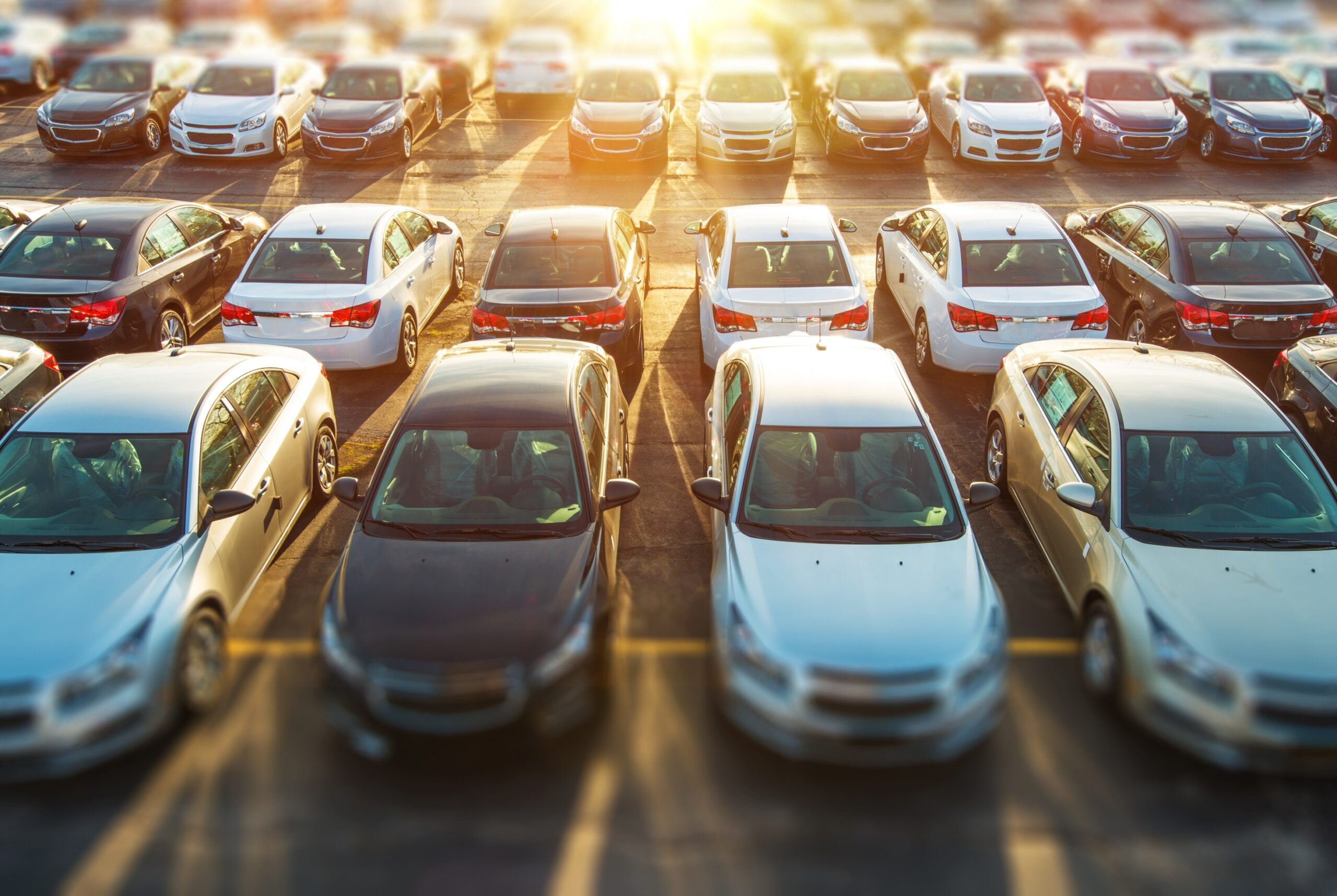Car prices on both new and used vehicles are dropping dramatically. If you are considering buying a car, your opportunity to get a good deal is here now and will get even better over the next few months. So, save that down payment and be ready to negotiate. For 2023, buyers will finally be in the “driver’s seat” later this year for the first time in a while.
Throughout 2021 and 2022, new cars were in short supply and high demand. The prices for both new and used vehicles skyrocketed. There are multiple explanations for the price increases during the last few years. Some examples that contributed to supply shortages are as follows:
COVID-19: The pandemic caused many factories worldwide to slow down or shut down for periods of time, decreasing production and output and leading to a reduced supply of new vehicles on the market. A slowdown in car demand caused higher prices, frequently exceeding the MSRP (manufacturer’s suggested retail price).
Computer Chip Shortages: A shortage of computer chips is another reason why so many manufacturers couldn’t complete production. (The average new car relies on hundreds of computer chips.) Computer chip production was temporarily halted during the pandemic. Manufacturers, still behind in production, continue to blame slowdowns on chip shortages, even though many sources argue that chips are now readily available.
Supply Chains: Each new vehicle requires thousands of parts, most of which are sourced outside the production facility. If even a small number of necessary pieces are unavailable when needed, an entire production line slows or shuts down. During the pandemic, many parts factories also had difficulties obtaining production inputs to make their products, causing complications and delays up and down many different supply chains. Transportation slowed down as well, slowing the movement of factory inputs and outputs. Automobiles require intricate coordination of complex chains, which were severely disrupted.
Increased Demand: People bought new and used cars at a higher rate than usual over the last few years. There are many reasons for this. Covid 19 stimulus money flowed to many Americans, increasing personal bank balances and allowing people to make down payments. Families were saving money due to the inability to travel, eat out, or partake in public entertainment. Increased cash in the bank enabled people to purchase vehicles.
HERE IS WHY CAR PRICES ARE NOW DROPPING
As we have seen with cars over the last couple of years, decreased supply and increased demand is a recipe for inflated prices. But inflated prices are dropping as supply returns and demand decreases. Prices are now dropping dramatically for both new and used cars.
Supply is now increasing: New vehicle supply is back up for most brands and has returned to pre-pandemic levels. Supply chains are moving again, and the chip shortage has resolved for the most part.
Demand for car purchases is decreasing: Many people bought cars during the pandemic, as explained above. Many people normally would have waited a few more years to buy a vehicle but purchased one during the last few years. That spike in demand in the past made it so fewer people would be in the market for the next few years.
Increased New Car Prices: For 2023, the average cost of a “light vehicle” is just over $48,000. This number is about $10,000 higher than the average price in 2021. SUVs and other family-sized cars are significantly more expensive. In addition, interest rates on new car loans have more than tripled from 2-3% to currently 7-8%. This is an increase of about $180 per month for the interest on a $40,000 loan. These higher numbers now put many new and used cars out of reach for most Americans, pricing many people out of the market.
Inflation: The price of food, housing, heating oil, electricity, and many other necessities have increased faster than wages and income. Savings are decreasing, and credit card debt is rising nationally. People must now divert more money to necessary expenses and can no longer afford a new car.
Job insecurity: Lay-offs are happening in the tech sector and will likely spread to other areas. People sense this, are worried about income security and are appropriately beginning to reign in expenses. A new car can wait.
Harder to Qualify for Car Loans: Lending standards have tightened. Remember 2007 when anyone could get a home mortgage as long as they “had a pulse.” The market then crashed, and loan standards tightened significantly. The same is now happening with cars. Nearly anyone could qualify for a car loan during the pandemic. It has not yet been reported in the mainstream media, but many people are behind on their monthly car payments by 30-90 days. Even those with good credit are defaulting on car loans; currently, 1 in 25 people with good credit might lose their cars to repossession. Given this, lenders are concerned and tightening up loan initiations. Fewer people will qualify for a car loan, further decreasing demand.
Car Owners Owe More than the Care is Worth: Focusing only on what is an “affordable” monthly payment, many people opted for extended automobile loan terms, borrowing for up to 84-96 months. Failing to consider that cars decrease in value faster than the loan gets paid on these long-term loans, people with these loans owe more on cars now than the trade-in value. They are, therefore, out of the car-buying pool until the loan is paid off in 7-8 years.
All of these factors added together result in a significant decrease in demand. With an increased supply and decreasing demand, current potential car buyers now have the upper hand. Our advice is to get your down payment ready and start doing research. Over the next 3-6 months, you, the buyer, will finally have the advantage for the first time in a while. Last year if you walked into a dealership, prices were fixed, and sales folks wouldn’t budge. That is now changing as cars are sitting on the lot longer. Sellers don’t like to carry a ton of inventory; they want to move cars, which is to your advantage.
Research what you want to buy. Look at trends in car prices. Check CarGurus, Carvana, CarMax, and Vroom. You can ask to be notified on some of these websites as prices decrease. As conditions worsen for sellers, feel comfortable making multiple low offers on different websites. This is standard practice. Inquire if you pre-qualify for a loan from your bank so that the seller doesn’t try to manipulate loan terms in their favor. Don’t borrow money for a new car for longer than 4-5 years or three years for a used car. You never want to owe more on the loan than the car is worth. Save for a large down payment, and buy a car within your means. Please avoid getting stuck with a long-term loan. Unlike your home, your vehicle will decrease drastically in value over the short term with time and use.
Overall, we are starting to enter an environment where car buyers will have the advantage over sellers for the first time in several years. Supplies of both new and used cars are increasing. Fewer people are in a position to buy. With supply increasing and demand decreasing, this is the best environment to begin your search for a vehicle. Don’t rush out yet. The best deals are yet to come as 2023 progresses. Be patient. Don’t buy more than you can afford. Don’t fall in love with one car that you feel like you must have. Be willing to offer multiple low offers on different vehicles. Try to get pre-approved for a car loan and save up for as high a down payment as possible.

